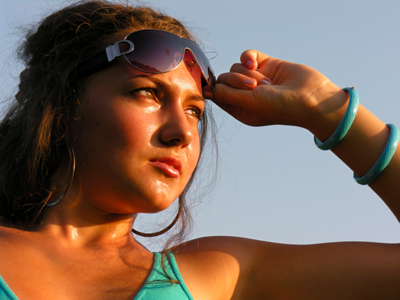
Changes in Capillary Blood Flow for Heat Loss
This Biology quiz is called 'Changes in Capillary Blood Flow for Heat Loss' and it has been written by teachers to help you if you are studying the subject at middle school. Playing educational quizzes is a fabulous way to learn if you are in the 6th, 7th or 8th grade - aged 11 to 14.
It costs only $12.50 per month to play this quiz and over 3,500 others that help you with your school work. You can subscribe on the page at Join Us
Have you ever wondered how the body maintains its ideal temperature of 37 degrees C? Well, it's all down to capillary blood flow, which changes depending on how hot or cold we are. This middle school Biology quiz, Changes in Capillary Blood Flow for Heat Loss, looks not only at how a capillary can be use for heat loss, but also for heat retention.
Ready for more?
not all...
quizzers. Try to win a coveted spot on our Hall of Fame Page.







